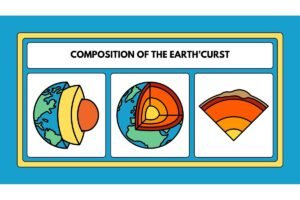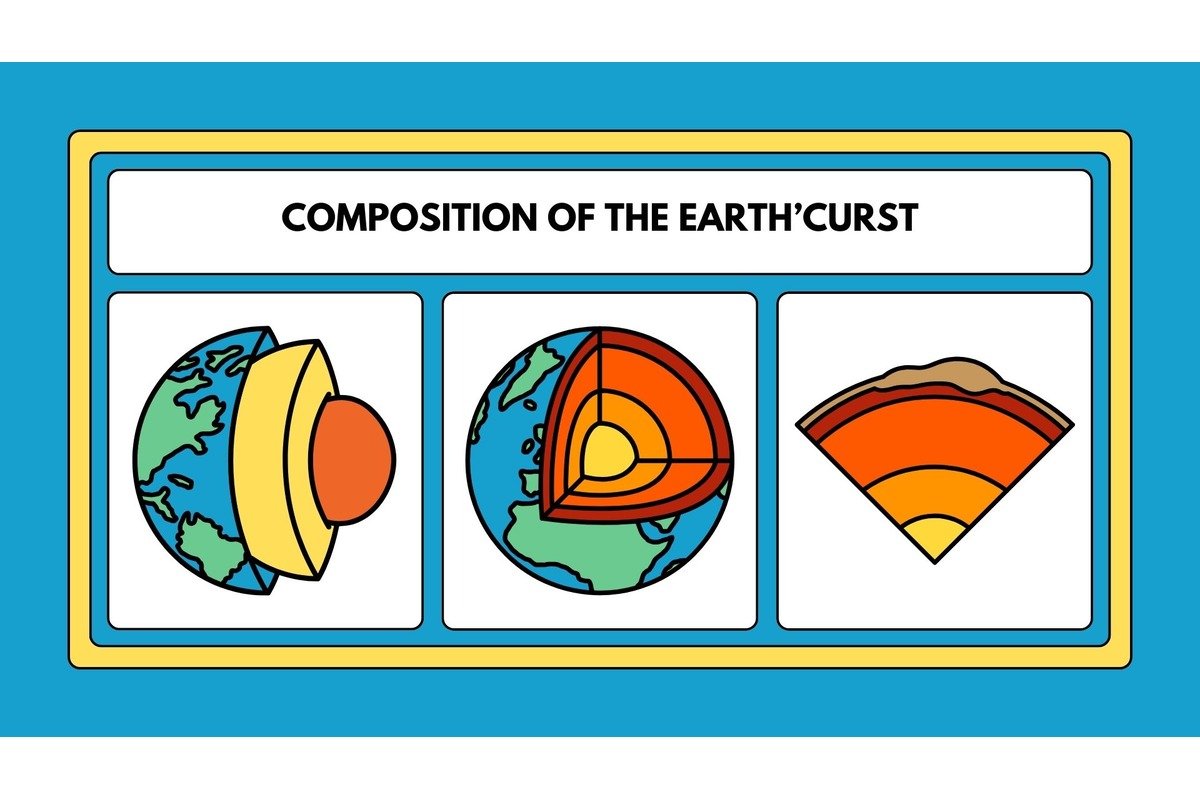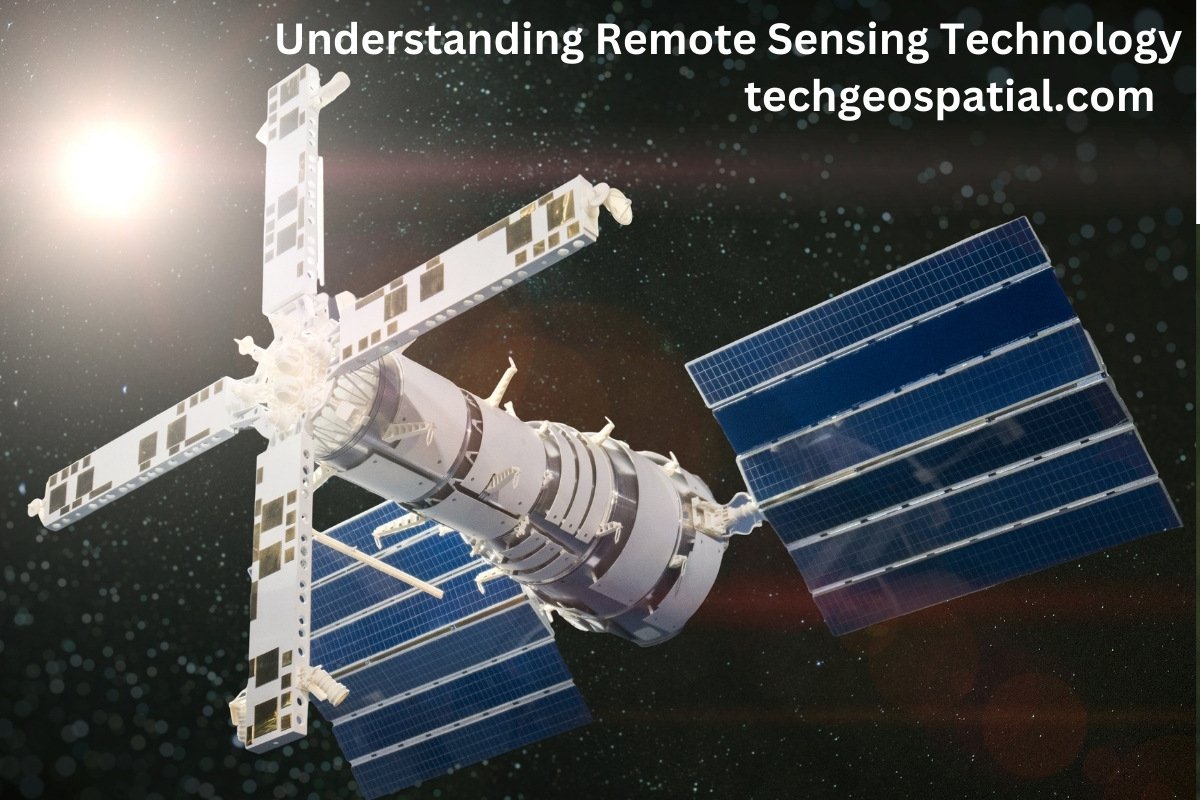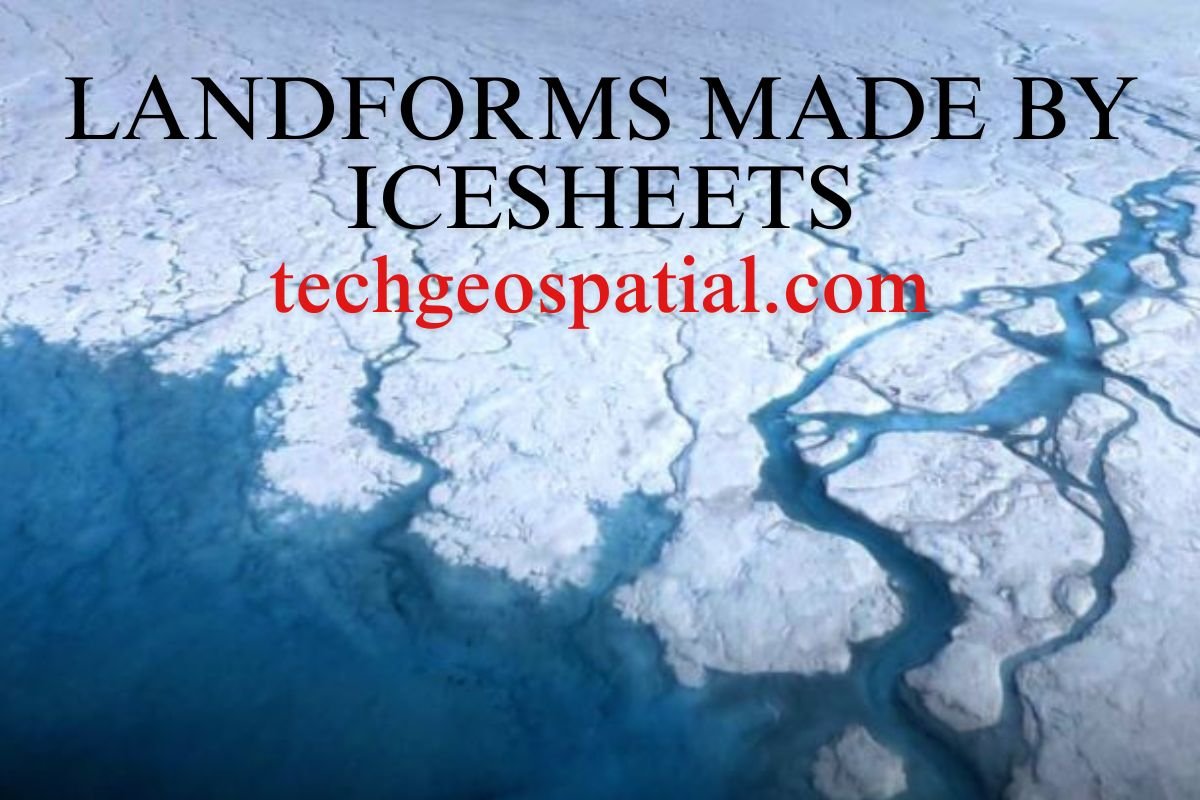Understanding the Elements that Shape Our Planet
The Earth’s crust, although just a thin outer layer compared to the vastness of the planet, holds within it a complex tapestry of elements that influence geological processes, resource distribution, and environmental dynamics. In this comprehensive exploration, we delve into the intricate composition of the Earth’s crust, unraveling the significance of key elements and their implications for our planet’s past, present, and future.
Introduction to Earth’s Crust Composition

The Earth’s crust serves as the interface between the solid surface we inhabit and the molten depths beneath. Its composition is fundamental to understanding the geological processes that have shaped our planet over billions of years. The significance of studying the Earth’s crust lies in its role as a repository of valuable resources, a record of geological history, and a driver of environmental change.
Key Elements Comprising the Earth’s Crust
At the heart of the Earth’s crust lie a handful of key elements that form the building blocks of minerals and rocks. These elements, including oxygen, silicon, aluminum, iron, calcium, sodium, potassium, and magnesium, dictate the physical and chemical properties of crustal materials, influencing everything from rock strength to soil fertility.
Oxygen: The Breath of Life and Geology
Oxygen’s Geological Role
Oxygen, constituting approximately 46.6% of the Earth’s crust by weight, stands as the most abundant element in this layer. Its presence is integral to various geological processes, including the formation of oxides and silicates, crucial components of rocks and minerals. Through oxidation reactions, oxygen influences the weathering and erosion of rocks, sculpting the Earth’s surface over millennia.
The Vitality of Oxygen in Life
Beyond its geological significance, oxygen serves as the lifeblood of living organisms, facilitating respiration and metabolism. From the depths of the ocean to the heights of mountain peaks, oxygen sustains diverse ecosystems, underscoring its indispensable role in supporting life on Earth.
Silicon: The Foundation of Geological Structures
Silicon’s Geological Significance
Silicon, comprising approximately 27.7% of the Earth’s crust, is a fundamental component of silicate minerals, the building blocks of rocks like granite and basalt. Its presence dictates the structure and composition of geological formations, shaping landscapes and defining the Earth’s topography.
Silicon’s Technological Applications
Beyond its geological implications, silicon holds immense technological importance as the primary constituent of semiconductors, essential components in electronic devices. Its versatility and abundance have propelled innovations in computing, communication, and renewable energy technologies, positioning silicon as a cornerstone of modern civilization.
Aluminum: A Versatile Element in Geology and Industry
Aluminum’s Geological Role
Comprising approximately 8.1% of the Earth’s crust, aluminum is a prevalent element in various silicate minerals, including feldspar and clay minerals. Its presence influences the composition and properties of soils, contributing to the fertility and stability of terrestrial ecosystems.
Aluminum’s Industrial Applications
In addition to its geological significance, aluminum boasts a wide array of industrial applications, ranging from construction and transportation to packaging and aerospace. Its lightweight yet durable properties make it indispensable in modern infrastructure and manufacturing, driving economic growth and technological advancement worldwide.
Iron: The Backbone of Earth’s Crust and Civilization
Iron’s Geological Abundance
Iron, constituting approximately 5% of the Earth’s crust, is a fundamental element in numerous minerals, such as hematite and magnetite. Its abundance underscores its crucial role in shaping the Earth’s geology, contributing to the formation of sedimentary rocks and igneous intrusions.
Iron’s Societal Impact
Beyond its geological significance, iron holds profound cultural and economic significance, serving as the backbone of civilization since antiquity. From the Iron Age to the Industrial Revolution, iron has fueled technological innovation and societal development, shaping the course of human history.
Calcium, Sodium, Potassium, and Magnesium: The Essential Building Blocks
The Trio of Essential Minerals
Calcium, sodium, and potassium, along with magnesium, collectively account for approximately 12.8% of the Earth’s crust. These essential minerals play diverse roles in geological processes, ranging from the formation of carbonate minerals to the regulation of fluid dynamics within the Earth’s mantle.
The Biological Significance
Moreover, calcium, sodium, potassium, and magnesium are indispensable to biological organisms, serving as vital nutrients for cellular function and metabolism. From maintaining bone density to regulating nerve impulses, these elements are integral to the health and vitality of all living organisms.
Future Directions in Crustal Composition Research
Advances in technology and methodologies are revolutionizing our ability to study crustal composition with unprecedented detail and precision. Emerging techniques such as spectroscopy, geochemical modeling, and remote sensing offer new insights into the distribution and behavior of crustal elements. Future research efforts will focus on integrating multidisciplinary approaches to address pressing challenges such as resource depletion, environmental degradation, and climate change.
Conclusion: A Tapestry of Elemental Diversity
In conclusion, the Earth’s crust is a rich tapestry woven from the elemental constituents of oxygen, silicon, aluminum, iron, calcium, sodium, potassium, and magnesium. Each element contributes uniquely to the geological, chemical, and biological dynamics of our planet, shaping landscapes, sustaining life, and driving innovation. By understanding the composition of the Earth’s crust, we gain deeper insights into the intricate interplay of forces that shape our world.
FAQs
-
Why is oxygen the most abundant element in the Earth’s crust? Oxygen is abundant due to its high affinity for silicon and other elements, forming the backbone of silicate minerals that comprise the bulk of the crust.
-
What role do trace elements like aluminum and iron play in crustal composition? Trace elements influence mineral formation, rock properties, and geological processes, contributing to the diversity and stability of the Earth’s crust.
-
How do human activities impact the composition of the Earth’s crust? Human activities such as mining, deforestation, and urbanization can alter the composition of the Earth’s crust, leading to environmental degradation and resource depletion.
-
What are the environmental consequences of changes in crustal composition? Changes in crustal composition can disrupt ecosystems, pollute water sources, and exacerbate natural hazards, posing threats to biodiversity and human well-being.
-
What are some emerging technologies in crustal composition research? Emerging technologies include spectroscopy, geochemical modeling, and remote sensing, enabling scientists to study crustal composition with unprecedented precision and detail.






One thought on “Earth’s Crust Composition”